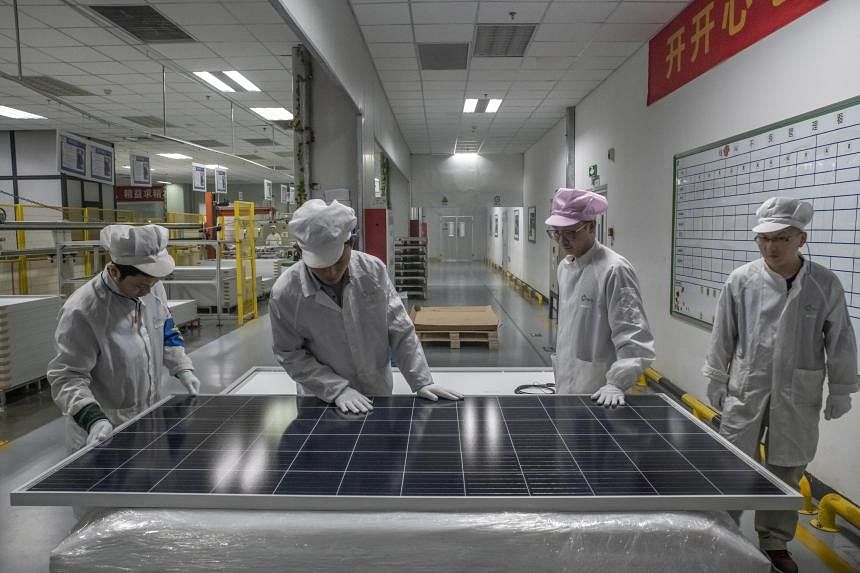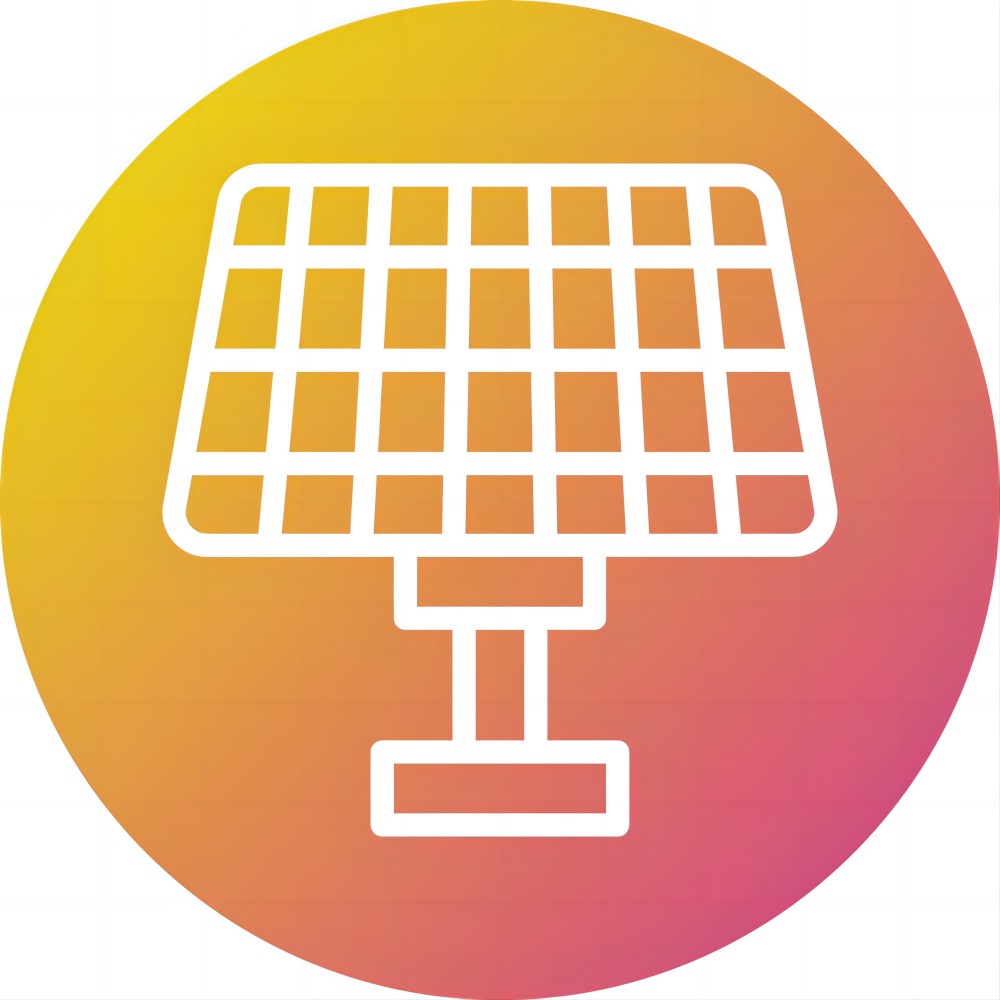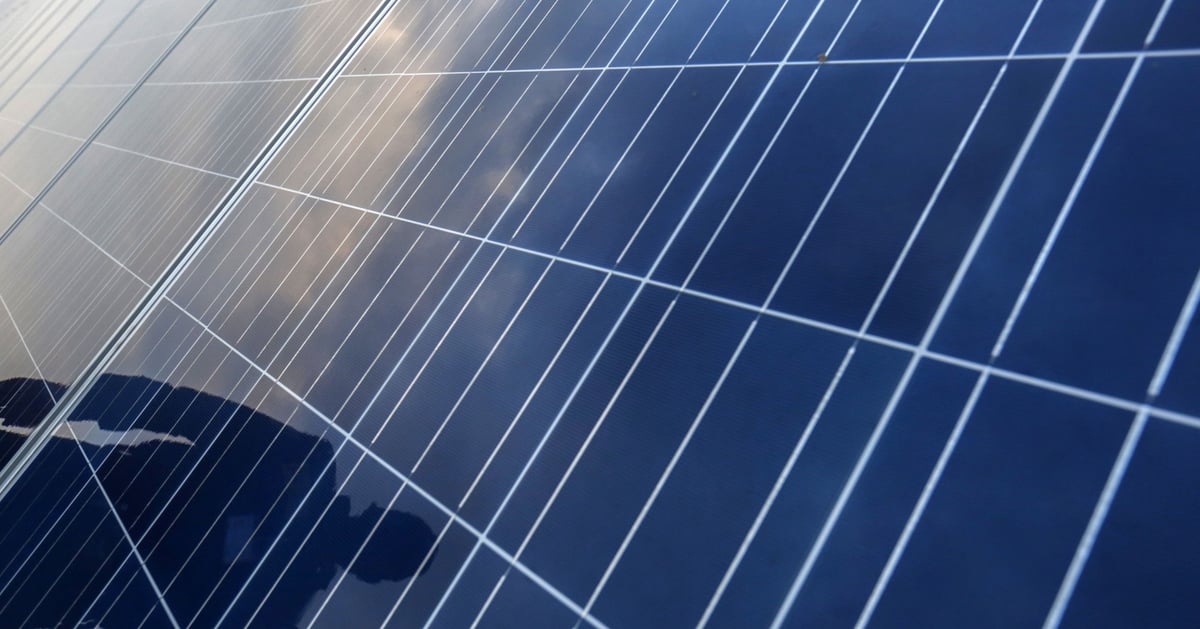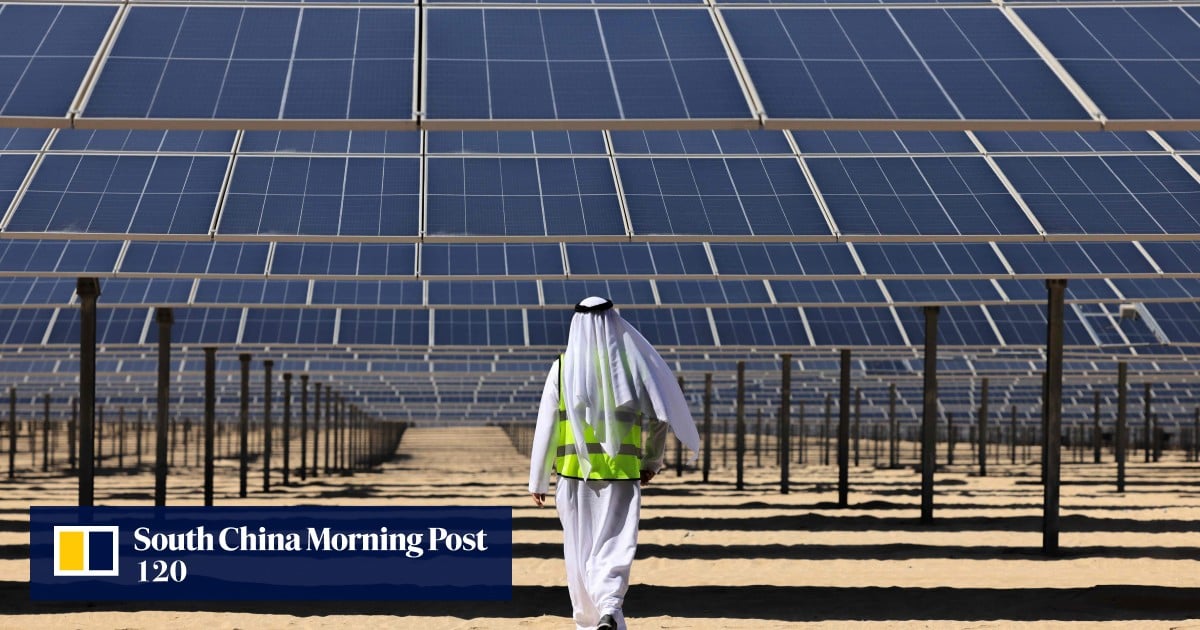Global Market Leadership and Domestic Turmoil
China has dominated the global solar energy market for the past 15 years. Nearly every solar panel worldwide is produced by Chinese companies, and even the manufacturing equipment comes predominantly from China. In May 2023, China’s solar panel exports increased by 10% over the previous year, reflecting robust global demand.
However, the domestic solar industry in China faces significant challenges. Wholesale prices fell by nearly half in 2023 and dropped another 25% in 2024. Chinese manufacturers, struggling to attract customers, are cutting prices below production costs and continuing to expand factory capacity. This price war has severely impacted the financial health of China’s solar companies, with stock prices of the top five manufacturers halving over the past year.
Government Policies and Market Implications
Extensive Government Support
China’s industrial policy has long supported the solar energy sector. Beijing’s extensive support, including subsidies and low-interest loans from state-owned banks, has enabled rapid growth in factory capacity. However, this has also led to overcapacity, with China’s solar manufacturing capacity now double the global demand.
In June, at least seven major Chinese manufacturers warned of substantial losses for the first half of 2024. Despite the financial strain, Beijing continues to push for investment in high-tech industries, including solar power. This approach has drawn criticism from trading partners like the United States and the European Union, who argue that China’s heavy subsidies create unfair competition.
Case Study: Hunan Sunzone Optoelectronics
Hunan Sunzone Optoelectronics exemplifies the struggles within China’s solar industry. Founded in 2008, Sunzone benefited from numerous subsidies, including prime downtown land and low-interest loans. Despite this support, the company’s factory now stands empty, with manufacturing equipment removed and the site slated for redevelopment.
Sunzone’s decline illustrates how lavish lending and local subsidies have led to overcapacity in the solar industry. Companies have been forced to cut costs sharply to maintain market share, resulting in numerous bankruptcies. Only a few low-cost producers, such as Tongwei and Longi Green Energy Technology, have survived by leveraging economies of scale and investing in more efficient solar technologies.
International Reactions and Future Prospects
Increasing Global Barriers
In response to China’s dominance, Western countries are imposing barriers on Chinese solar panels. The European Union has begun restricting Chinese solar products in government procurement unless companies disclose their subsidies. In June, U.S. President Joe Biden reinstated steep tariffs on solar products imported from Southeast Asia that use Chinese components, and the Department of Commerce initiated trade cases that could lead to additional tariffs.
Resilience and Adaptation
Despite these challenges, China’s solar manufacturers remain resilient. Many large companies have restarted operations with the support of banks and local governments. Sunzone’s founder, Zhao Feng, hopes to pivot his company towards artificial intelligence and electric vehicles, seeking renewed support from banks and the government.
China’s solar industry exemplifies the complex interplay between government policy, market forces, and global competition. As the country continues to invest in high-tech sectors, the future of its solar industry will depend on its ability to adapt to both domestic challenges and international pressures.
Source:straitstimes.com





